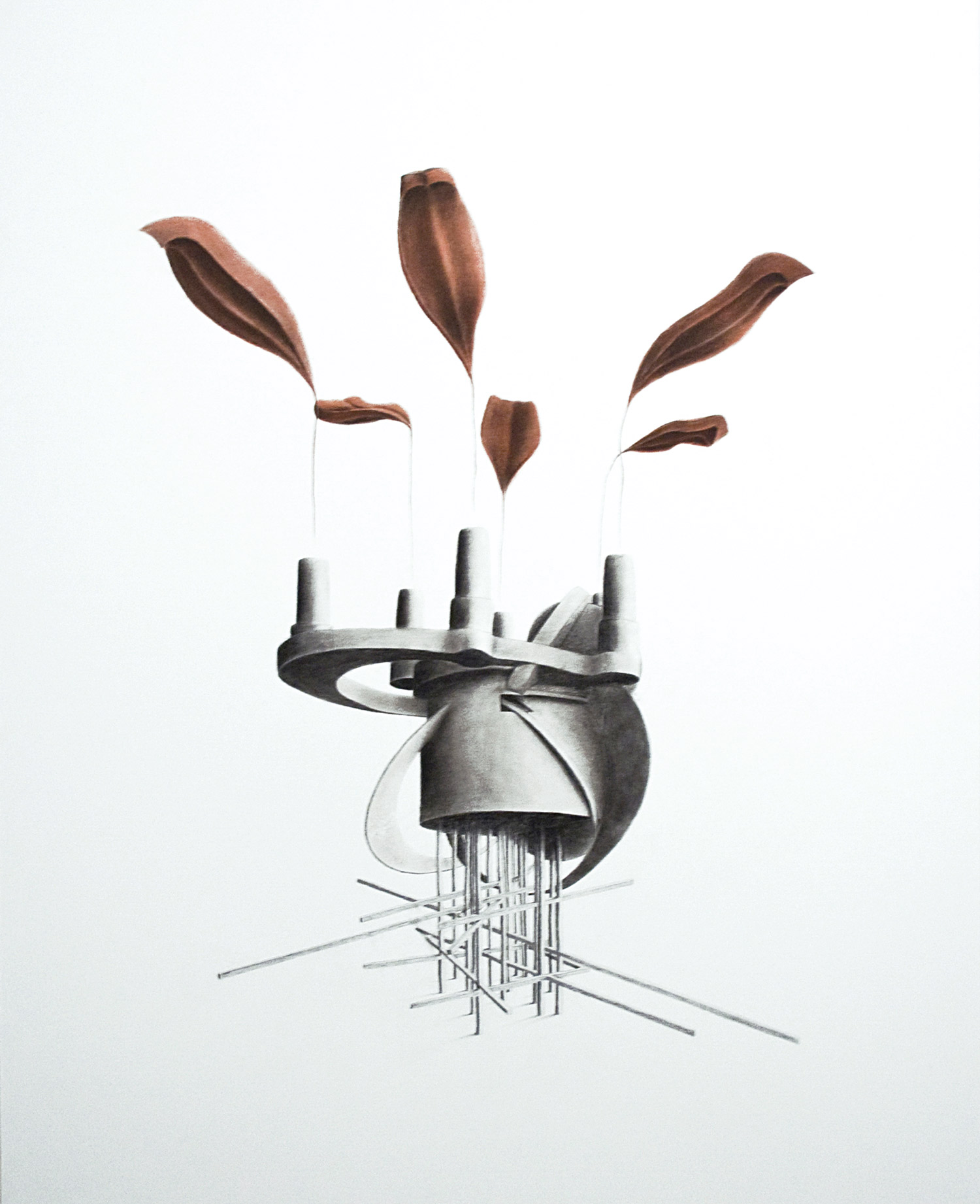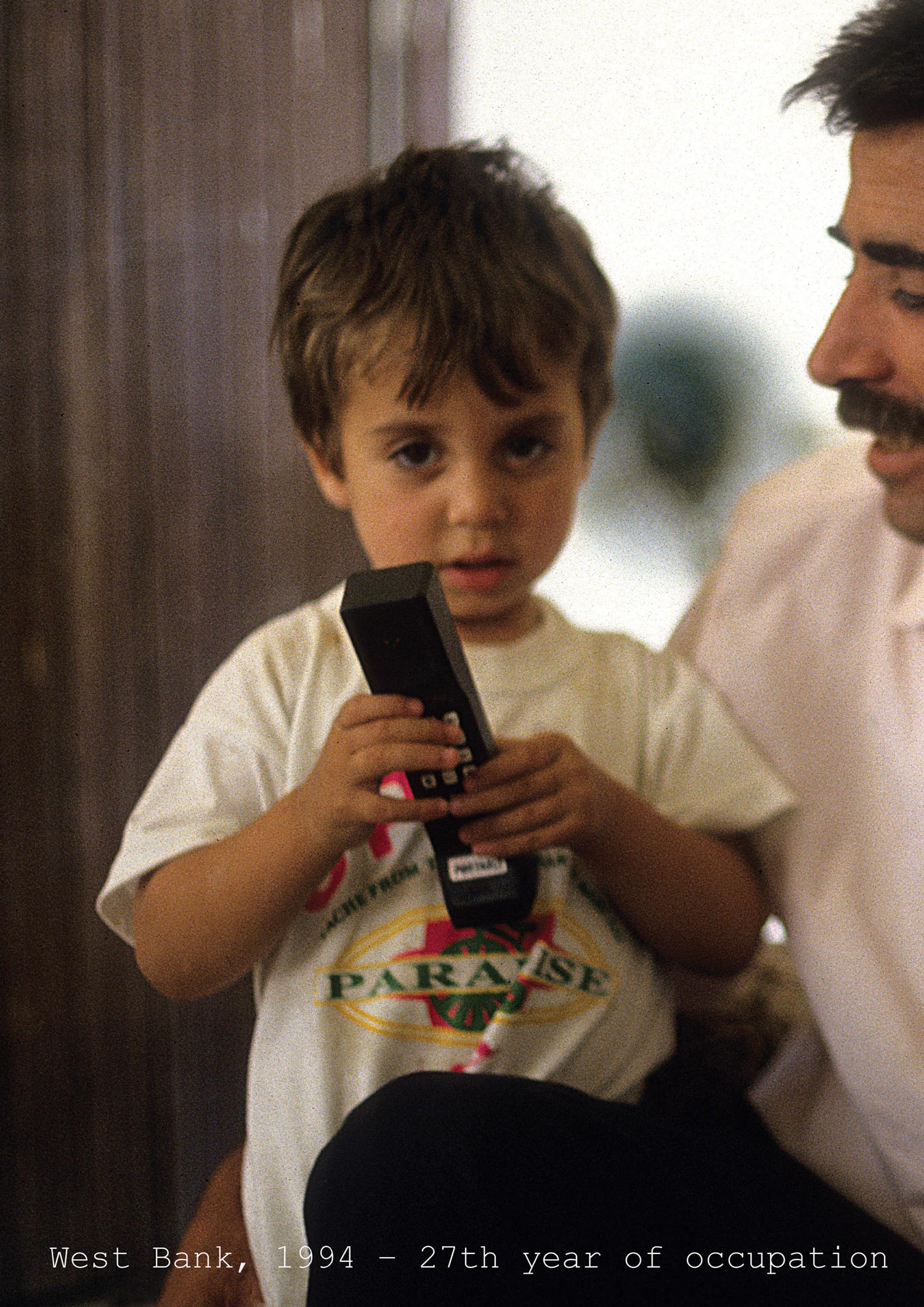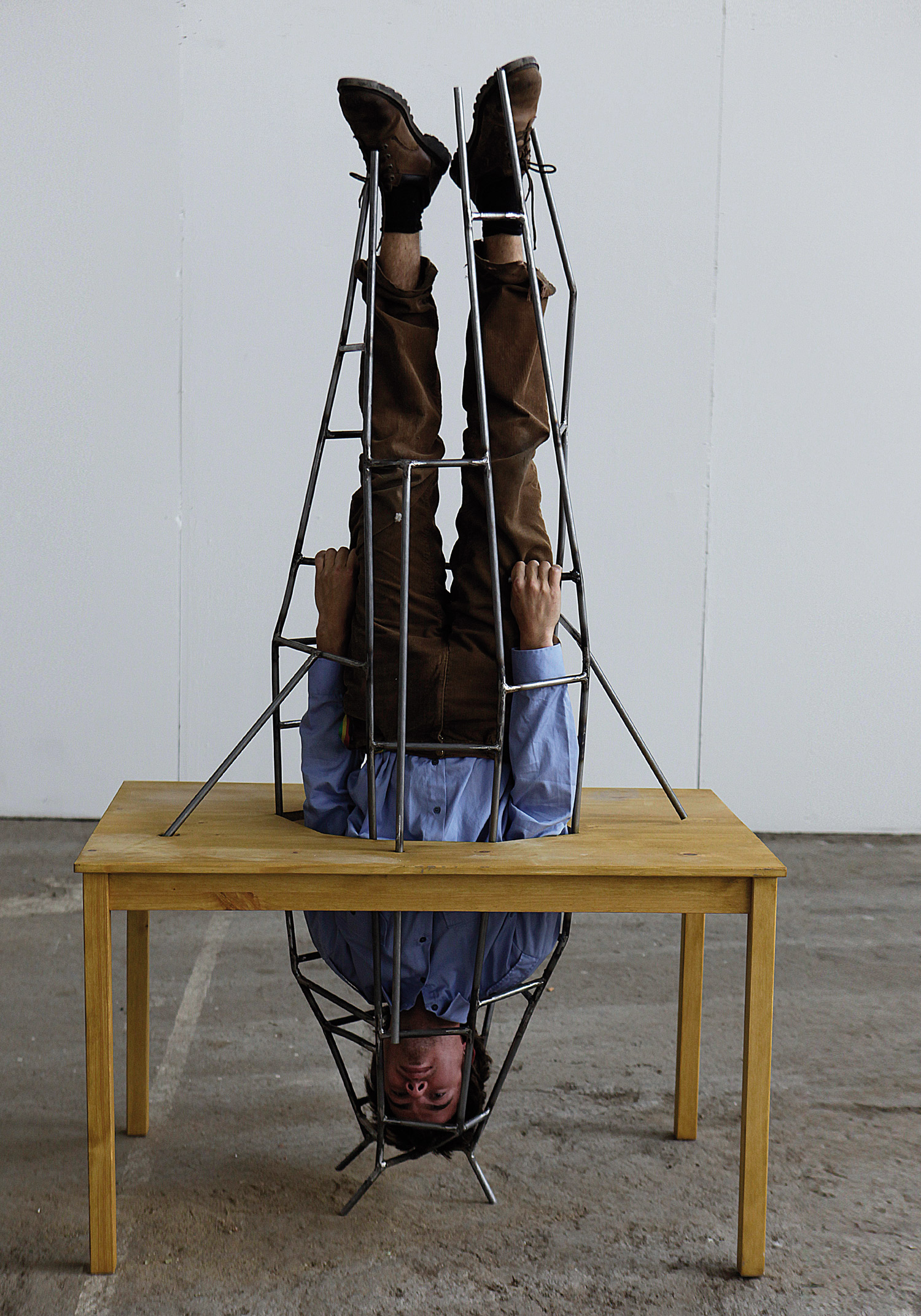
Brian Curtin: Tell me about your recent commission for King Abdullah University in Saudi Arabia.
Sopheap Pich: I was selected by the Urban Art Project foundry in Brisbane, who had been researching Asian artists and discovered me online. The works are titled Cycle and Upstream. Cycle is cast bronze and Upstream is stainless steel. I communicated with the foundry by e-mail and they carried out the fabrication while I worked on the design and shaping of the mold.
BC: These works replicate your more usual skeletal structures made from rattan. Why did you begin working with rattan?
SP: I made my first rattan sculpture in 2004, a pair of lungs. I initially intended to cover this work with cigarette packaging but then decided not to, further to advice from the director of the French Cultural Center in Cambodia. This opened a new approach, and I continued to make artworks using rattan, bamboo and metal wire. By 2005 I had stopped painting entirely because I felt two-dimensional space is too limited. Creating an object demands a journey towards discovering something new without erasing footsteps. However, my new approach is not very practical because my objects tend to be large and there are formal issues with working with a natural material. Every successful artwork has a life that reflects its origin.
BC: Please explain the forms you create.
SP: Initially, most of the forms were human organs: liver, lungs, stomach, etc. Here I wasn’t so much concerned with replicating these forms as using them as a catalyst. For example, one work began as a liver but became a type of corridor. For Cycle, I connected two stomachs to suggest the notion of family ties. Other works, including Upstream, were inspired by nature. However, all the works have common themes: poverty, relationships between inside and out, fragility and monumentality, a sense of lightness, and metaphors of mutual dependence.

BC: What work are you including in the Asia Pacific Triennial?
SP: An installation titled 1979 that contains eleven sculptural objects made with bamboo, rattan and burlap, along with five carved wooden buffaloes. I want to tell a story from my childhood at the end of the Khmer Rouge period. My memory is very strong, so I have many stories based on factual events. But, as I get older, these stories become more allegorical or I find significance that informs my relationship to contemporary Cambodia. So 1979 is an attempt to visually describe what I, as a child, experienced.
BC: And your recent exhibition at Tyler Rollins in New York?
The work here is a continuation of my preoccupations since I began making sculpture. That is, my attempt to reveal certain aspects of the socio-political situation in Cambodia. In this respect my feelings in the past five years have not changed much, so some of these works bear similarities to my early works. At the same time, new questions began to appear, and new steps or experiments were taken: I began to use new materials — burlap, farm tools, wood, plastic, paints, etc. There was a need for me to put a more distinct ‘subject matter’ in the objects.





